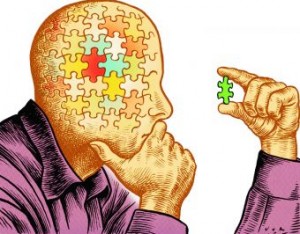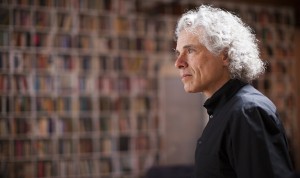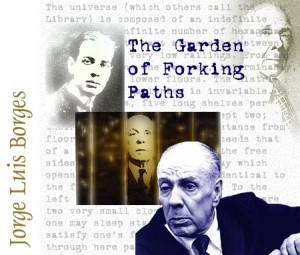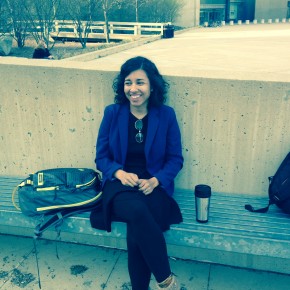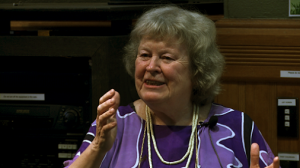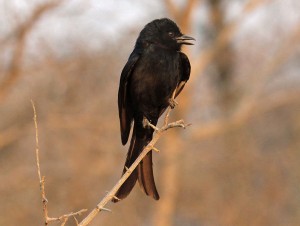From Cori Bargmann’s autobiography
“Human biology, especially human neurobiology, is very complex, and our view of the human brain is fragmentary. However, the genomes of humans and worms share more genes than any of us expected, including most classes of genes that are important in the nervous system. (The complexity of the human nervous system comes from regulating the genes in different ways, and from deploying them in vastly larger numbers of neurons.) The basic functions of those genes are similar in all animals, so if we view one goal of biology as building a “dictionary” containing the meaning of each gene, we can assemble definitions in that dictionary from any animal, with a good chance that the definitions and grammar will apply across all animals and humans. Those of us who study worms hope to meet those who study human brains in the middle, using the universality of biology to translate understanding across organisms.”
Cori Bargmann’s 2013 Breakthrough Prize talk: Using fixed circuits to generate flexible behavior.
I am intrigued by the notion of compositionality displayed by the ‘grammar of genes’. A particular gene invariably makes the same contribution in every animal that has it, but this invariable contribution is altered through predictable contextual interactions so that the same set of genes can lead to very different outcomes. The issue is relevant for the old debate about meaning composition for conditionals. In my paper for the Edgington volume, for example, I showed that embedded conditionals interact with surrounding quantifiers in not completely ‘algorithmic’ ways. Does this mean that we should just give up on the idea of a compositional semantics for conditionals? Or should we rethink our ideas about compositionality in natural language semantics? Non-compositionality is a fact of life for content words (cat, blue, sing …), which are part of the non-logical vocabulary of natural languages. Nouns, adjectives, and verbs can change their meanings in seemingly unpredictable ways, depending on the linguistic and non-linguistic environment they find themselves in. But the semantic contribution of function words (if, and, every, …), which are part of the logical vocabulary of natural languages, seems to be invariant and resistant to uncontrolled contextual interference. Context seems to be able to affect the interpretation of function words only through certain grammatically determined ‘gates’ or ‘channels’ like those responsible for domain restrictions.
Connections: Oxford Handbook of Compositionality.
Connections: NIH BRAIN Working Group.


